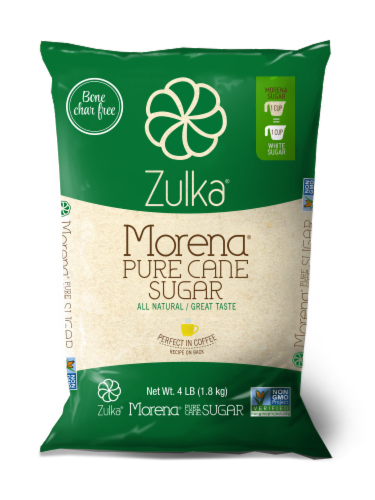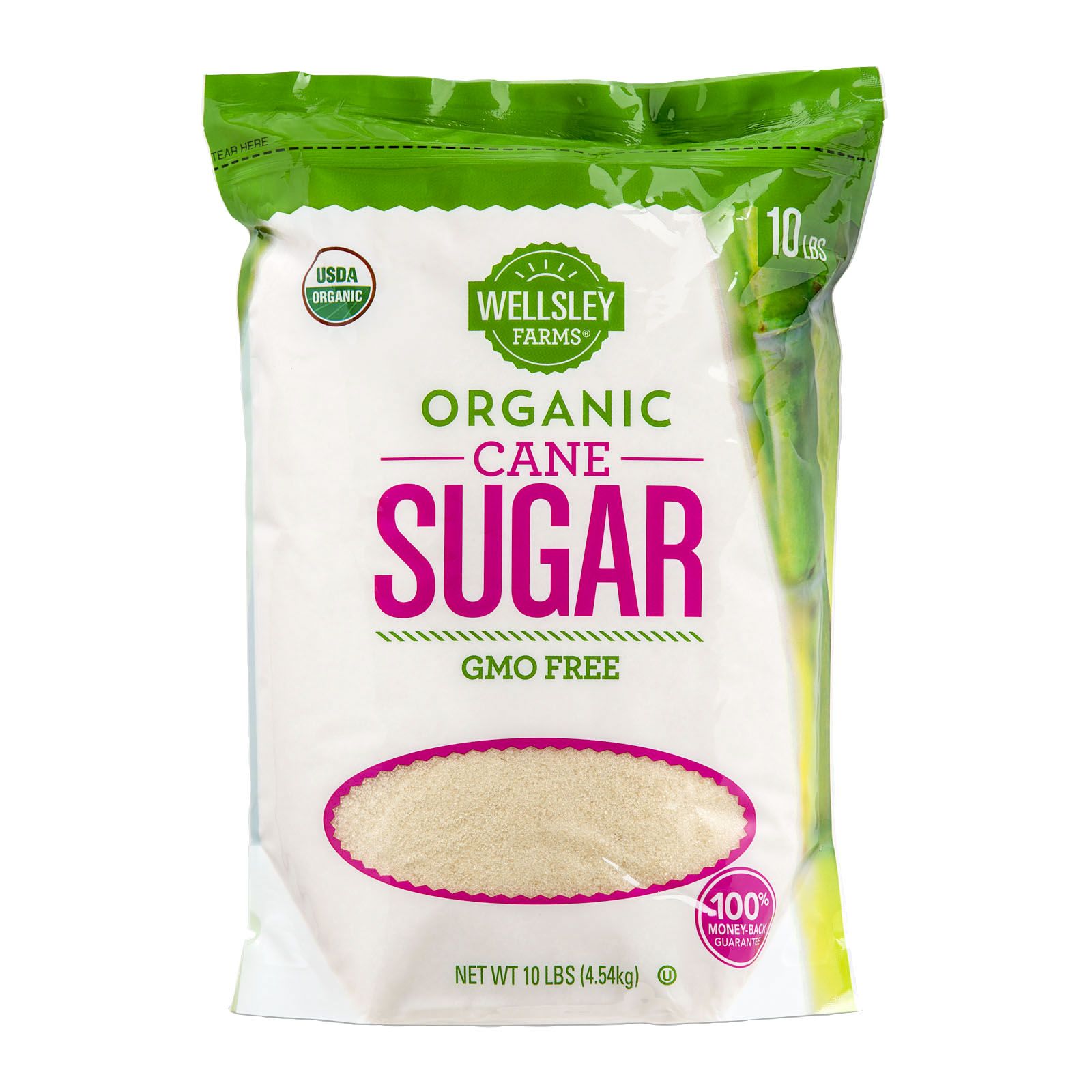Cane Sugar Processing: From Field to Table-- A Step-by-Step Overview
Discovering the Comprehensive Tips Associated With Walking Stick Sugar Handling From Gathering to Refinement
The process of cane sugar manufacturing incorporates a collection of detailed actions, starting with the careful harvesting of sugarcane and culminating in the improvement stages that guarantee the end product meets industry requirements. Each phase, from the extraction of juice to the filtration and formation procedures, plays a critical function in figuring out the high quality and personality of the sugar. Recognizing these phases not only highlights the intricacy of sugar manufacturing but additionally increases vital concerns regarding effectiveness, sustainability, and development in the industry. What ramifications do these aspects have for future techniques?
Gathering Sugarcane
Harvesting sugarcane is a vital action in the walking stick sugar handling chain, as it straight affects the high quality and return of the end product. Proper timing and techniques are vital during this phase to make sure optimum sugar web content and reduce losses. Commonly, sugarcane is collected when it gets to maturity, normally 12 to 18 months after planting, defined by a high sucrose focus.

Post-harvest, the sugarcane should be refined swiftly to protect against sucrose deterioration. Ideally, gathered walking stick ought to be carried to refining facilities within 1 day to protect sugar quality. Consequently, effective logistical preparation is essential to preserve the honesty of the harvested plant throughout the supply chain.
Extraction Process

The crushed walking stick undergoes a series of pressing operations to make the most of juice healing. Commonly, warm water is splashed onto the crushed cane, creating a countercurrent circulation that helps dissolve the sugar while also assisting in the removal procedure. The juice collected from this operation contains not just sugar but additionally different natural substances and contaminations.

To enhance removal performance, some facilities might utilize diffusion techniques, where the sugarcane is soaked in warm water, enabling the soluble sugars to diffuse into the fluid. The resulting juice, rich in sucrose, is after that guided to subsequent handling stages, laying the structure for filtration and refinement. The removal procedure is therefore pivotal in establishing the top quality and return of the final sugar product.
Filtration Techniques
The purification strategies utilized in walking cane sugar processing are necessary for changing the raw juice into a top quality sugar item. These techniques largely aim to remove contaminations, such as soil, plant products, and inorganic compounds, which can adversely impact the end product's taste try this and color.
This procedure includes including lime and heat to the raw juice, which assists in the coagulation of contaminations. Additionally, the usage of phosphoric acid can enhance the information procedure by more binding impurities.
One more significant method is carbonatation, where co2 is presented to the made clear juice. This response generates calcium carbonate, which catches continuing to be impurities and promotes their elimination.
Furthermore, triggered carbon treatment may be related to adsorb any kind of continuing to be colorants and organic impurities, guaranteeing an extra polished product. The mix of these approaches efficiently prepares the sugar juice for succeeding steps in the refining process, establishing the phase for the manufacturing of top notch walking cane sugar.
Formation Approaches
After the filtration phase, the next crucial step in cane sugar processing entails crystallization methods, which play a critical role in changing the cleared up juice into strong sugar. This procedure usually employs two key techniques: spontaneous formation and regulated formation.
In spontaneous formation, supersaturated sugar services are permitted to cool normally, leading to the formation of sugar crystals over time. This technique permits for the uniform growth of sugar crystals and greater purity.
Throughout formation, the clarified juice is focused via evaporation, boosting its sugar content up until it gets to supersaturation. As soon as this point is achieved, either technique can promote the crystallization process. Cane Sugar Processing. The resultant sugar crystals are then separated from the continuing to be syrup through centrifugation
Eventually, the option of formation method impacts the high quality, dimension, and purity of the final sugar product, making this step important in the general walking cane sugar handling treatment.
Improvement and Packaging
Just how can the pureness and high quality of walking stick sugar be even more boosted after condensation? The go to this site refinement process plays an important role in attaining high-quality walking stick sugar.
Next, the sugar undergoes a procedure called centrifugation, where it is spun at high speeds to divide the cleansed sugar crystals from the remaining fluid. After centrifugation, the sugar is typically further fine-tuned with a method called carbonization or phosphatation, which makes use of activated carbon or phosphoric acid to get rid of shade and off-flavors.
When refined, the sugar is dried to attain the desired wetness content, ensuring that it stays steady throughout storage and transport. The final action includes product packaging the refined sugar in moisture-proof and airtight containers to maintain its reference quality and stop contamination. Cane Sugar Processing. Appropriate product packaging not just expands life span but also assists in easy handling and circulation, guaranteeing that consumers get sugar that fulfills the greatest standards of pureness and quality
Final Thought
The detailed actions included in cane sugar processing, from the careful harvesting of sugarcane to the intricate refinement and product packaging phases, highlight the importance of each stage in making sure high-quality sugar production. Ideal harvesting techniques, efficient extraction techniques, and rigorous purification procedures jointly add to the final item's pureness and stability. The condensation and subsequent product packaging techniques further boost the honesty and service life of the sugar, highlighting the intricacy and accuracy intrinsic in this vital agricultural industry.
The process of cane sugar manufacturing incorporates a series of elaborate actions, beginning with the careful harvesting of sugarcane and finishing in the refinement phases that guarantee the last item satisfies industry criteria. Preferably, gathered cane ought to be moved to processing centers within 24 hours to maintain sugar high quality.In spontaneous crystallization, supersaturated sugar solutions are enabled to cool normally, leading to the formation of sugar crystals over time - Cane Sugar Processing. The improvement process plays a critical duty in attaining premium walking stick sugar.The thorough steps involved in walking stick sugar processing, from the thorough harvesting of sugarcane to the detailed refinement and packaging phases, highlight the importance of each stage in making certain top quality sugar production